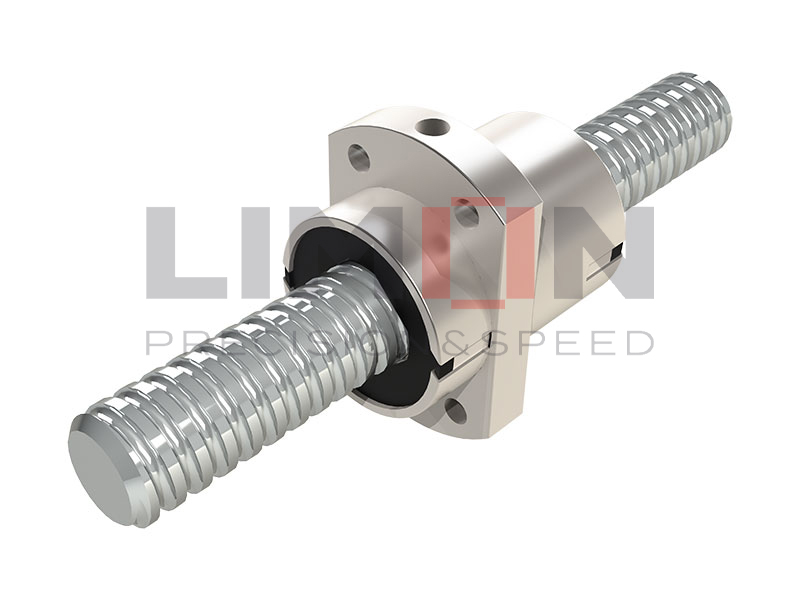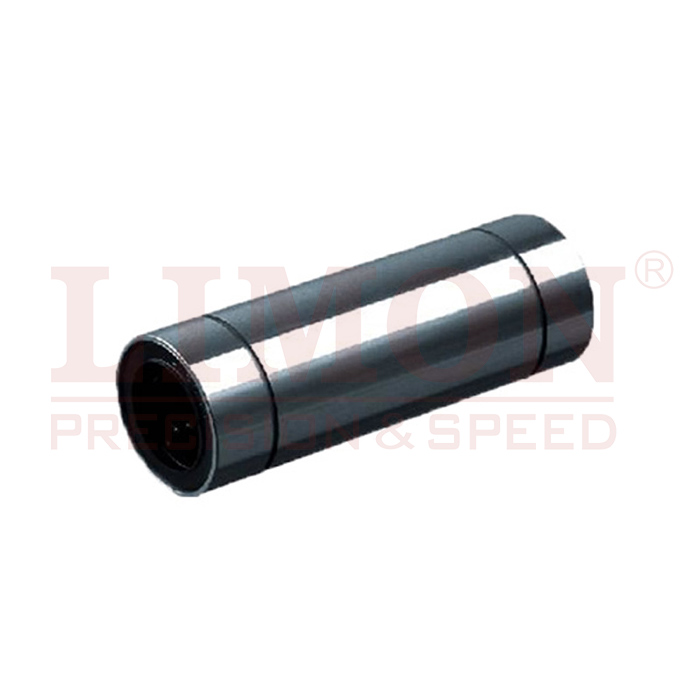When precision is paramount, there’s nothing more frustrating than linear bearing movement not being smooth. Whether you’re running high-speed automation, medical devices, or CNC machinery, jerky motion can bring production—and patience—to a screeching halt.
Let’s break down the common causes of rough linear bearing movement, and how to fix them like a pro.
1. Dirt or Debris in the Bearing or Rail
The Problem:
Dust, chips, or foreign particles get into the guide rail or bearing block, causing friction and disrupting smooth travel.
The Solution:
Remove the bearing block and clean it with a lint-free cloth and mild solvent.
Use a soft brush to remove any debris from tight spots.
Install protective covers or bellows in dusty environments.
2. Misalignment of Rail and Bearing Block
The Problem:
Even a slight misalignment can cause uneven load distribution, binding, and inconsistent motion.
The Solution:
Inspect the entire rail system for levelness and parallelism.
Re-adjust the mounting points to ensure precise alignment.
Use alignment tools or laser systems for high-precision applications.
3. Improper or Insufficient Lubrication
The Problem:
Lack of lubrication—or worse, using the wrong kind—leads to high friction, increased wear, and choppy motion.
The Solution:
Always use manufacturer-recommended lubricants (oil or grease, depending on your application).
Reapply lubrication at proper intervals.
In critical systems, consider automatic lubrication devices.
4. Wear and Tear from Long-Term Use
The Problem:
Over time, even the best bearings show signs of wear—think scoring, pitting, or surface fatigue. These defects disrupt smooth travel.
The Solution:
Conduct routine inspections for visible damage.
Replace worn bearings with new components from a reliable supplier.
Consider upgrading to higher-grade materials if wear is a recurring issue.
5. Incorrect Installation
The Problem:
If the bearing block isn’t mounted square or flush, it introduces torque and stress during motion—leading to jerky behavior.
The Solution:
Disassemble and reinstall the bearing carefully.
Ensure the block sits flush against the mounting surface.
Tighten fasteners gradually and symmetrically to avoid distortion.

Quick Maintenance Checklist
To keep your linear bearing movement smooth, make this part of your preventive maintenance schedule:
Clean the rails and blocks regularly
Check and correct alignment
Apply the correct lubrication
Inspect for wear or damage
Reinstall if necessary
Final Thoughts
If your linear bearing movement is not smooth, don’t just crank up the power and hope for the best. Smooth linear motion is the result of clean components, precise alignment, proper lubrication, and attention to wear.
Whether you’re maintaining high-precision robotics or building smart factory systems, these quick fixes can help restore silky-smooth motion and keep your productivity on track.




